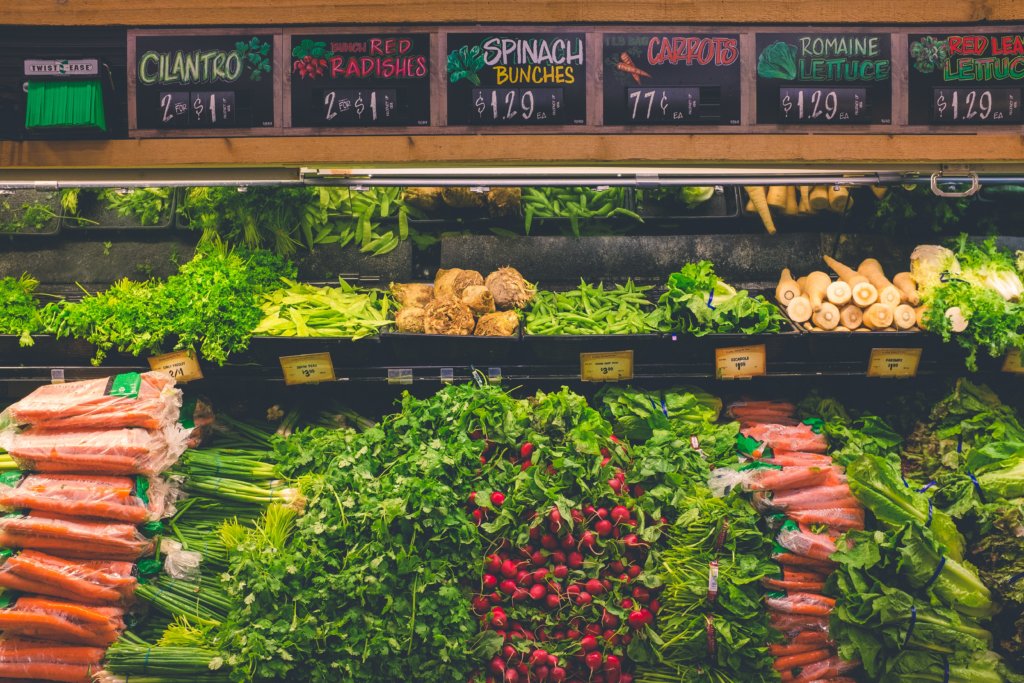Which Meal Would You Choose?
 Hardworking families already struggling to put meals on the table will soon face even tougher choices: Lawmakers are expected to vote on a farm bill shortly after the New Year that could dramatically reduce benefits for those in the Supplemental Nutrition Assistance Program (SNAP).
Hardworking families already struggling to put meals on the table will soon face even tougher choices: Lawmakers are expected to vote on a farm bill shortly after the New Year that could dramatically reduce benefits for those in the Supplemental Nutrition Assistance Program (SNAP).
Funding for SNAP—formerly known as food stamps—will almost certainly be slashed. The Senate has proposed cutting the program by $4 billion, and the House by $40 billion, over ten years as part of the farm bill. SNAP benefits have already been subject to several rounds of cuts in the name of fiscal austerity. Most recently, emergency benefits that were provided to offset the impact of the financial crisis were recently allowed to lapse in November. In real terms, this expiration cut benefits for a family of three by roughly $30 per month. Without this supplemental income, this same family will need to skip 16 meals each month—that is $1.81 per meal, based on the Thrifty Food Plan rate currently used as the basis for SNAP allotments.
Members of Congress are set to complete their negotiations over the holiday season on exactly how much further to reduce benefits and restrict eligibility. Meanwhile, almost 50 million Americans live in hunger and struggle to make do with less and less.
Keep up with the latest from UnidosUS
Sign up for the weekly UnidosUS Action Network newsletter delivered every Thursday.
That begs the question, which meal would you and your family members give up?
This dilemma becomes all the more pressing when considering the sheer volume and demographic profile of Americans relying on SNAP during these uncertain economic times.
- SNAP helps millions of people put food on the table. More than one in seven Americans receives SNAP, and they are a diverse population: 34 percent are White, 22 percent are Black, 16 percent are Hispanic, 3 percent are Asian, and 4 percent are Native American. (For 20 percent, race/ethnicity was not reported.)
- SNAP is a critical buffer against hunger. Almost one in four (23.3 percent) Latino households lives in hunger, higher than the national average (14.5 percent). Latino children are already the hungriest in America, making up nearly two-fifths (37 percent) of all children living with hunger, also higher than the general population. SNAP provides these families with a chance to have healthy and nutritious food.
- SNAP lifts millions of people out of poverty. The U.S. Census Bureau’s Supplemental Poverty Measure (SPM) shows us that across all other racial and ethnic groups in the U.S., Latinos have the highest rate of poverty, at almost 28%. Because of benefits like SNAP and other antipoverty programs, three million fewer children were counted as poor with the SPM.
- Latinos have a relatively low SNAP participation rate. According to the U.S. Department of Agriculture, only 56 percent of SNAP-eligible Latinos are receiving program assistance. This means that many Latinos go without the additional supplemental assistance they need in order to provide nutritious food for their families.
As we all spend time with our families this holiday season, we should reflect on what meal we would give up day after day if faced with the looming threat of hunger. Rather than contribute to hunger in America, as the proposed cuts would do, Congress should instead restore SNAP funding to provide greater opportunities for those on the brink.


